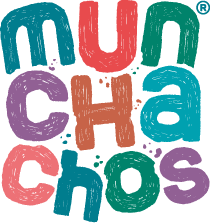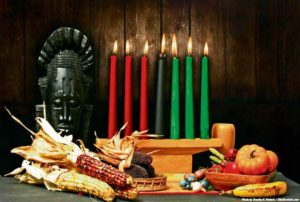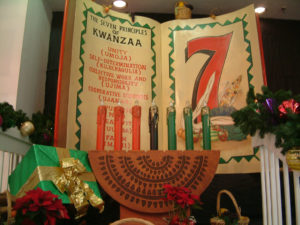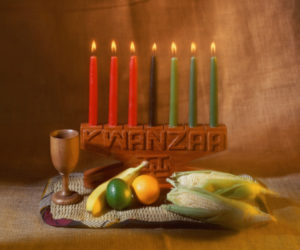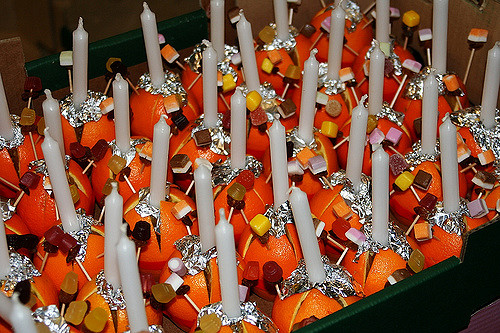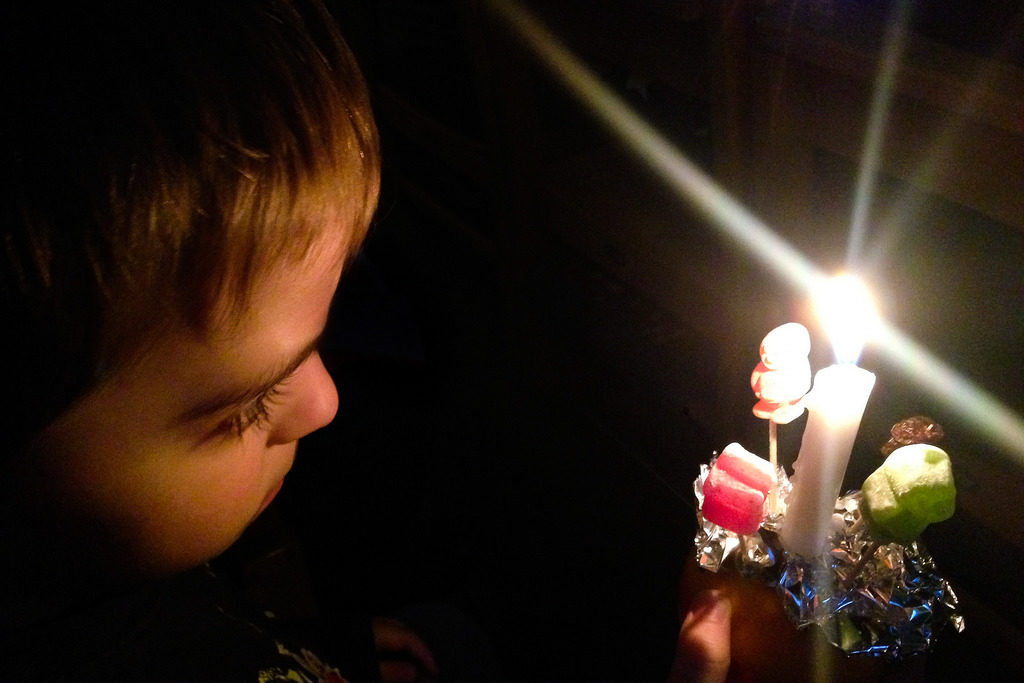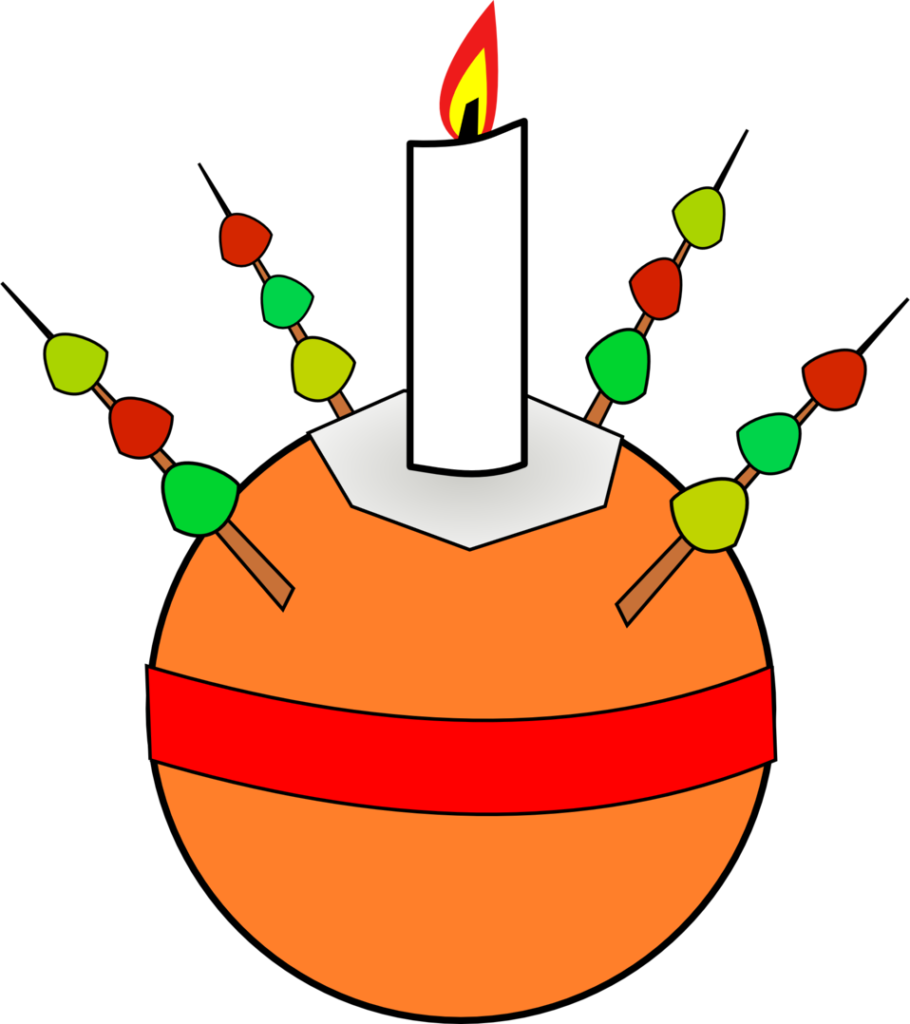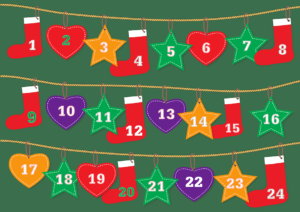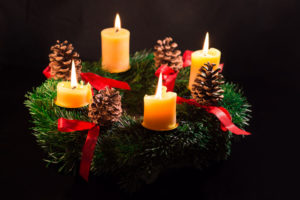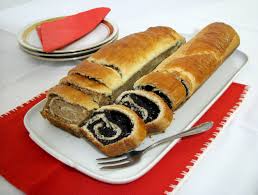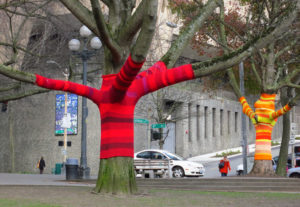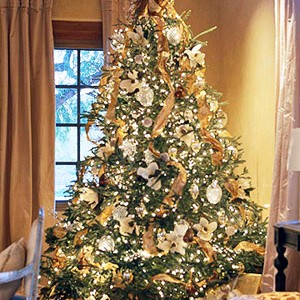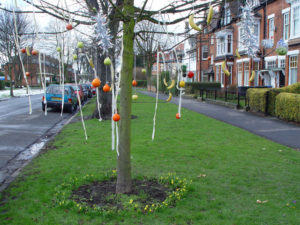
Blue Monday is a name given to the third Monday of January, the day that is deemed to be the most depressing day of the year. The premise behind this claim lies in the fact that it’s midway through January as people struggle to deal with their daily routines and New Year’s resolutions.
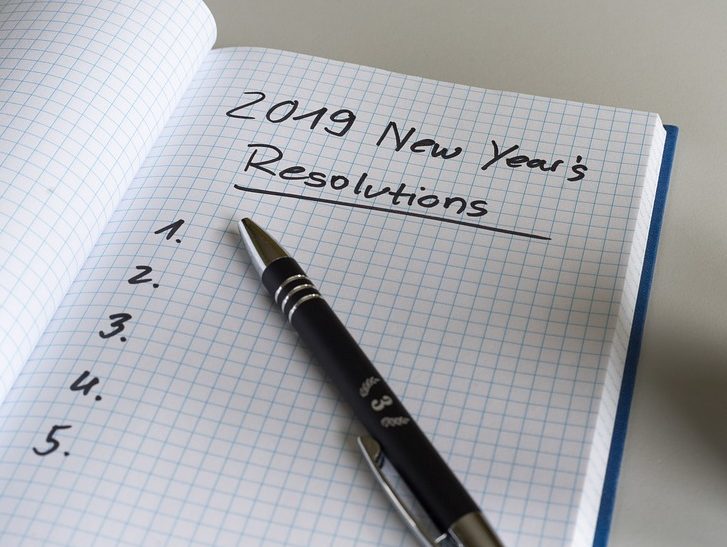
But at Munchachos, we refuse to subscribe to this day! Yes, January can be a bit dreary, none of us feel very flush after Christmas and, let’s face it, it’s the month that is the furthest away from the next Christmas celebrations (!) but there are many ways to beat the blues.
We don’t have a huge amount of sun in this country but even the little that we have can affect our moods as sunlight can boost the amount of serotonin (or ‘happy hormone’) in our bodies. The best thing you can do to make yourself feel less blue is to head outside and exercise. Exercising reduces stress hormone levels and makes you more positive in general. It makes you better prepared to conquer the day ahead.
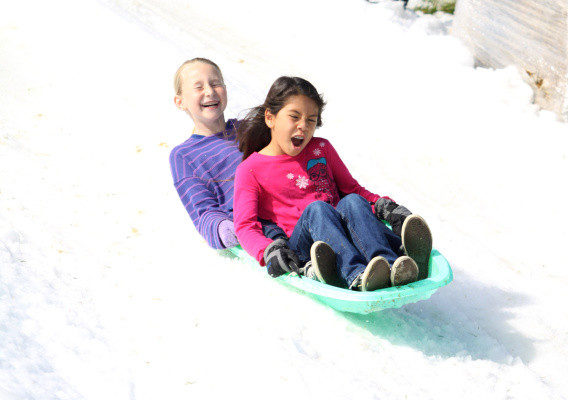
Furthermore, a big blues-buster is to eat the right things. Whilst we’re all into beating the cold with comfort food, it’s always a good idea to strike a balance. Diet also has an impact on the quality of your sleep, another huge factor in the avoidance of the blues!
So, don’t be blue! Head outside, do some exercise and then go home, crack open a Munchachos snack and reflect on the adventures you’re going to have this year. Make 2019 a good one!
Sign up to Munchachos here and download our FREE app to explore, have fun, learn loads and get worldwise.
